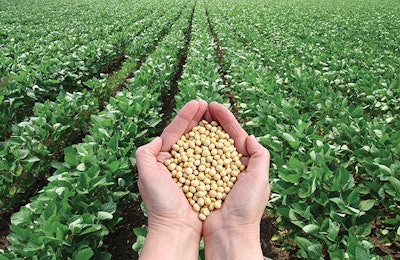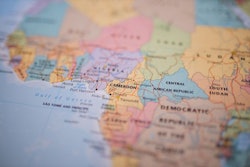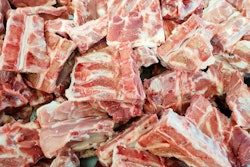
Organic soybean acreage is expected to post a second year of growth after loss of imports from India
Farmers in the U.S. have devoted more acreage to organic soybeans for the second consecutive year, but it’s still unclear whether the expansion has staying power.
Based on preliminary certification records, organic soybean acreage is set to grow 18% this year, reaching nearly 8.7 million acres according to organic commodity trading platform Mercaris. The increase comes after last year’s 19% expansion, and like last year was likely driven by high soybean prices driven by the loss of imports from India that occurred when the U.S. Department of Agriculture declined to recognize that nation’s organic certification processes.
Overall organic field crop production is expected to grow 3% this year — a figure that clearly does not keep pace with the growth in soybean production. The new soybean acres appear to come out of a host of other crops, including organic wheat and corn, and it’s not clear that the transition to soybeans will prove permanent.
“It does beg the question of what rotation needs to go in,” Ryan Koory, vice president of economics at Mercaris, said. “In some instances we are seeing people doing soybean on soybean rotations — and you can do that to a certain extent. But something I would expect to see next year is that you would have some rotation out of soybeans and back into things like corn or wheat.”
Prices for organic soybeans peaked earlier this year near $42-45 per bushel, but have since dropped back to US$35-38 per bushel, according to Koory. Prices are slightly higher than this same time last year, he said, but seem to be moderating in response to increased U.S. soy production, and to an increasingly diverse global market for organic soybeans.
“Altogether imports over the past year have been pretty decent — decent being because we lost India,” Koory said. “But we’re picking up imports from places like Canada and also Russia and China, and imports of whole beans out of Africa are increasing. The supply chain diversified with a high degree of success.”
Of course it’s anyone’s guess as to what will happen after the harvest this fall, given that, of the new dominant suppliers of organic soy to the U.S., one is waging war, and another has a long history of trade disputes with the U.S. And while domestic organic production is still expanding slightly, it’s unlikely to see significant growth so long as prices for conventional commodities remain high, and the typical formula for organic feed rations remains unchanged, Koory said.
“So long as you have a situation with a heavy corn-soybean ration, which is the industry norm, you can’t match that with an organic rotation well,” he said. “So that leaves an opportunity for imports.”












